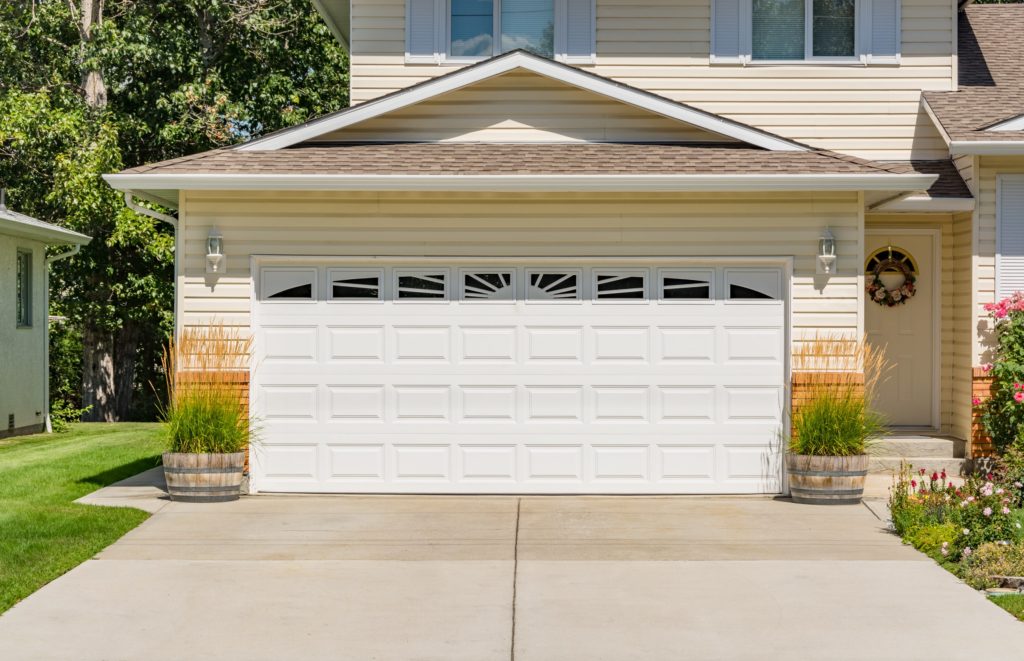A top-quality contractor will make the siding installation process as smooth as possible. However, homeowners can help by preparing the interior of the home for installation and clearing the driveway to give crews easy access to their vehicles and reduce the chance of damage.
First, install a starter strip. This helps ensure the siding will be level. Next, snap a chalk line to mark where the first row of siding should begin. See our home page.
Substrate
A substrate is the medium in which a reaction takes place. The word is often used in chemistry and biochemistry to refer to the material that some other substance, like an enzyme or catalyst, acts upon to cause a chemical change.
The siding industry also uses the term to describe the sheathing that supports the vinyl exterior. It’s important to make sure the sheathing is properly anchored to the wall studs, and it’s also good practice to install an adequate moisture barrier.
Some homeowners choose to nail siding directly to the sheathing. But this method doesn’t leave much room for expansion and contraction of the panel, which can lead to premature damage. Instead, Ralph Severson of Flooring Masters & Professional Remodelers recommends using a siding punch and 3D paint-matched nails, which allow for some lateral movement. Also, he advises to nail sparingly-–every six to eight feet-–to give the panel space to move with prevailing winds.
Weather Barrier
In climates influenced by rain and wind, a thin film of water clings to surfaces and absorbs into porous materials. Leaking moisture drives the rot of siding and structural elements grows mold, and sucks heat and conditioned air from homes. The best way to protect against these problems is a properly installed redundant barrier system.
While many builders simply wrap the exterior sheathing of new construction homes with tar paper or approved house wrap, this product is not effective in preventing moisture intrusion and energy loss. A better solution is to install a long-lasting house wrap like HardieWrap Weather Barrier.
This peel-and-stick membrane seals to the sheathing, seals at overlaps, and seals around the thousands of holes created when fastening siding and trim materials. It also features a breather rating that allows vapor to escape, making it a smart choice for homes in humid climate zones. It performs much better than the less durable asphalt felt and grade D building paper commonly used as a weather barrier.
Joint Tape
Using joint tape is an important step that strengthens the joints and prevents cracking. It also helps to keep joint compounds from pulling away from corners and along seam lines as the walls settle. It is available as paper tape or fiberglass mesh.
A quality contractor will provide a consultation before the installation day to discuss details like where the dumpster will be, how equipment will be stored and cleaned up, and how plants and furniture should be protected from debris. They should also explain the process for getting a warranty and other information.
OSB panels are sturdy, but gaps, where they meet, can let cold air into the home and wind-blown rainwater into the sheathing and wall cavities. Sheathing tape seals these gaps and helps create a high-performance building envelope. It is a relatively new addition to the homebuilder’s toolbox. You can find it at most hardware stores. It looks and works a little like duct tape, but is far more durable.
Soffit
A soffit is the material that bridges the gap between the roof overhang and your house. It helps promote airflow in the attic and protects this area from moisture and pests. Soffits are typically vented but LP SmartSide soffit siding is also available in solid (no holes) for a sleek appearance.
When you’re installing your siding, be sure to double-check that the starter strip and inside and outside corners are level with each other. You’ll also want to leave a 1/32-inch space between the nail head and siding to allow for expansion and contraction.
During the installation process, your home’s interior walls may shake. It’s a good idea to remove pictures, shelves, and other items from these walls, or at least move them farther away. Also, trim shrubbery and trees, cut grass, and put out tarps to prevent leaves or debris from falling on your new siding. This will make your new siding last longer. Read on to find out!




